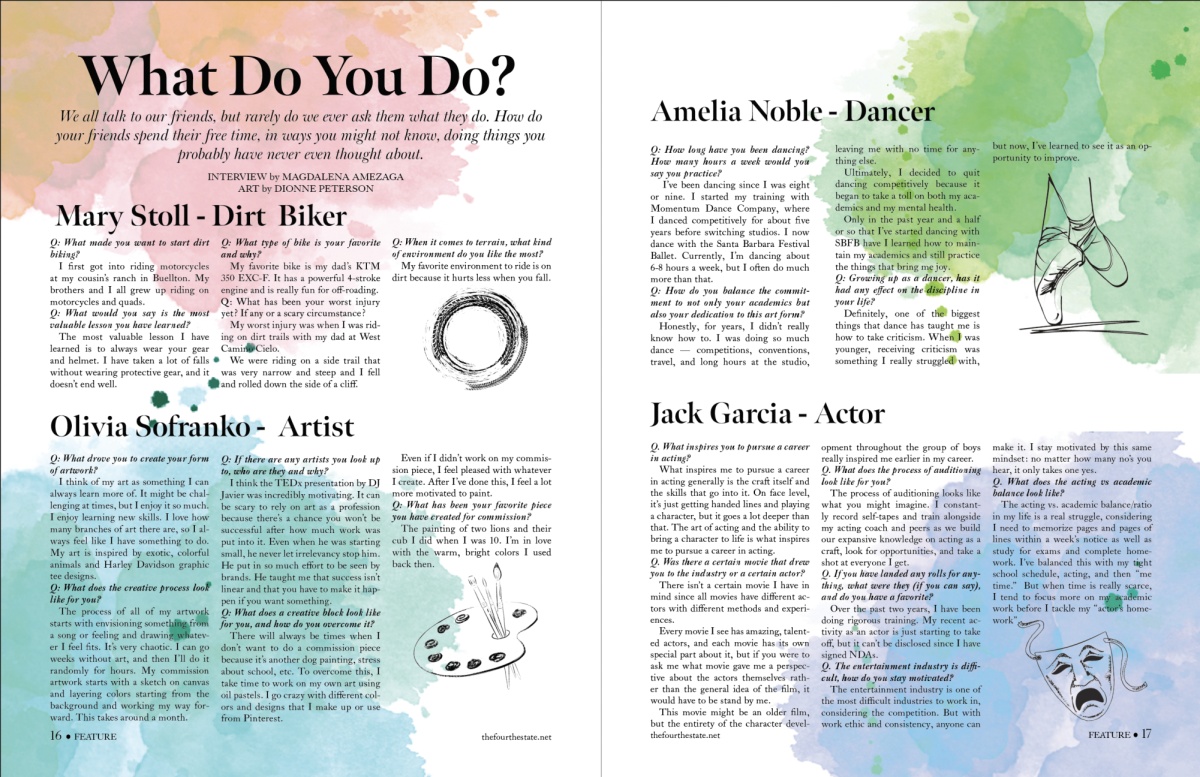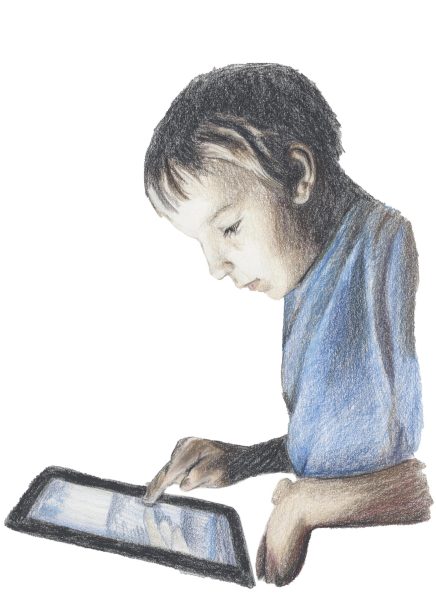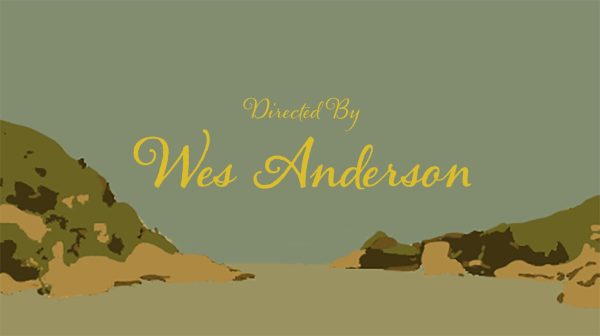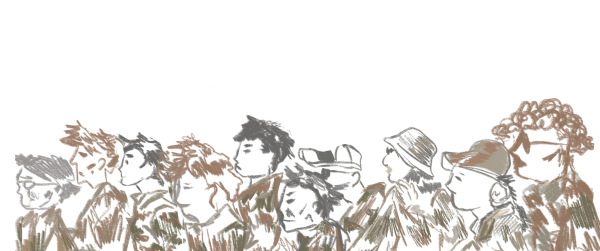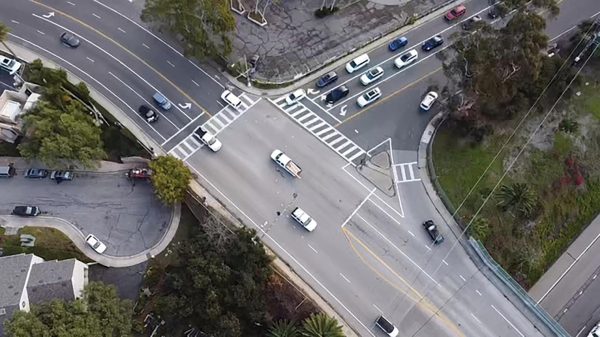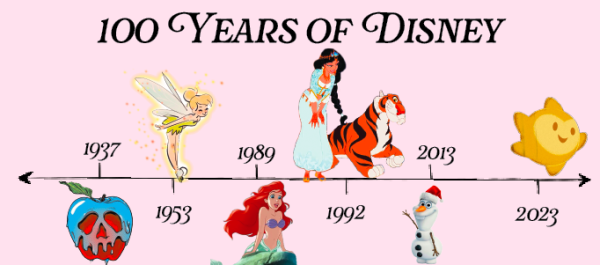Repeating Mistakes of 1918 Flu with COVID-19
A look at the similarities and differences between COVID-19 and the 1918 Flu Pandemic. How do these comparison hold up?
January 26, 2021
When COVID-19 was first spreading, many news out-lets compared it to the 1918 Flu Pandemic, nicknamed the “Spanish flu” that would eventually kill an estimated 20 million worldwide, including more than 600,000 in the United States.
In mid-January, there were a reported 90,657,292 cases Covid-19 worldwide with 383,226 deaths.
Many mistakes were made by leaders during both pandemics? First, some similarities: during both the 1918 Flu Pandemic and COVID-19, lockdowns were ordered only in specific places.
Cities such as New York and St. Louis experienced a lower death rate than cities that didn’t implement safety measures. Philadelphia and New Orleans, with more relaxed safety measures, were not as fortunate, nor were San Francisco and Oklahoma.
During these pandemics, the presidents in office, Woodrow Wilson and Donald Trump, both contracted their respective viruses and survived.
However, Wilson suffered greatly and experienced the effects throughout his life.
After he contracted the 1918 Flu, Wilson started having strokes, which eventually lead to his death.
A comprehensive study of the 1918 Flu Pandemic noted that neurological side effects included psychosis, which was usually temporary.
From numerous sources, it appears that Wilson suffered similar side effects at the Paris Peace Conference.
Wilson thought French spies sur- rounded him. He was also bizarrely obsessed with his furniture and his automobiles.
One historically important thing that came out of this change in character was his stance on Germany’s peace deal at the end of WW I.
Wilson contracted the disease while in Paris for peace talks. As the peace deal at Versailles set the stage for German Nationalism and WW II, if Wilson hadn’t contacted the 1918 Flu, the world may have been a completely different place.
While we still can’t say for certain if Trump is affected similarly, it appears that he benefited from modern medicine and likely won’t suffer permanent effects or to the same extent.
Recently, COVID-19 has mutated to be more transmissible. Similarly, the 1918 Flu mutated between subsequent waves of infection.
The first wave wasn’t nearly as deadly as the second and third. The mutations radically shifted the severity of the 1918 Flu Pandemic. What will happen with COVID-19’s mutation remains to be seen.
Propaganda and fake news characterized both pandemics. During the 1918 Flu Pandemic, propaganda was much worse due to the suppression of information that could reduce morale or be dangerous for the military.
Consider another name for the 1918 Flu Pandemic: the Spanish Flu. It was named such because Spain was one of the only countries reporting cases.
This suppression of news led to a situation where response to the pandemic was lacking, causing the pandemic to spread uncontrollably.
When Wilson and Prime Minister Lloyd George contracted the virus, newspapers reported that they had got- ten a chill in the rain.
Similarly, when Prime Minister Boris Johnson contracted COVID-19, media at first, downplayed his symptoms.
Increased spread during WW I was due in part to trenches densely packed with soldiers, which allowed the virus to easily spread and led to a second wave of the Flu when infected soldiers re-turned home from the war.
While it’s hard to say what people in 1918 believed, the major problem back then was the lack of knowledge of science and the ability to find something to stop the virus from spreading.
Although mask-wearing was a part of both pandemics, scientific developments have improved since the 1918Flu.
One crucial part of COVID-19 has been the denial of science.
Many people continue to refuse to wear a mask because think do not think they work while others believe that the government should not mandate that they wear masks, which comes from an attitude of mistrust of experts and science.
This comes from a seemingly more recent idea of mistrusting experts and even scientific consensus.
Modern medicine is playing a large role in COVID-19. From the start of the pandemic, scientists focused on finding potential cures or a vaccine.
Because of collaboration, scientists were able to create vaccines in record time.
In 1918, on the other hand, scientists didn’t understand viruses very well, and there wasn’t much hope for a cure or treatment.
As such, the people who got medical care often weren’t able to get treated properly. When they were treated, they were often over-medicated, leading to even more death.
The 1918 Flu Pandemic wasn’t ended by a vaccine but by enough people getting the virus that herd immunity stopped it from spreading. Social distancing and lockdowns also played a part. One of the main similarities between the two pandemics centers around the lack of organization and distribution of information.
While both pandemics were different and needed different approaches, mistakes from the 1918 Flu were repeated in 2020.
In both cases, leaders downplayed the pandemic to keep their countries run- ning as normally as possible, which resulted in massive consequences.
The world not learning from its previous mistakes cost it many lives. If we had looked back in history to the 1918 Flu, and learned from our mistakes, we might have been able to lessen the number of lives lost to the COVID-19 pandemic.






